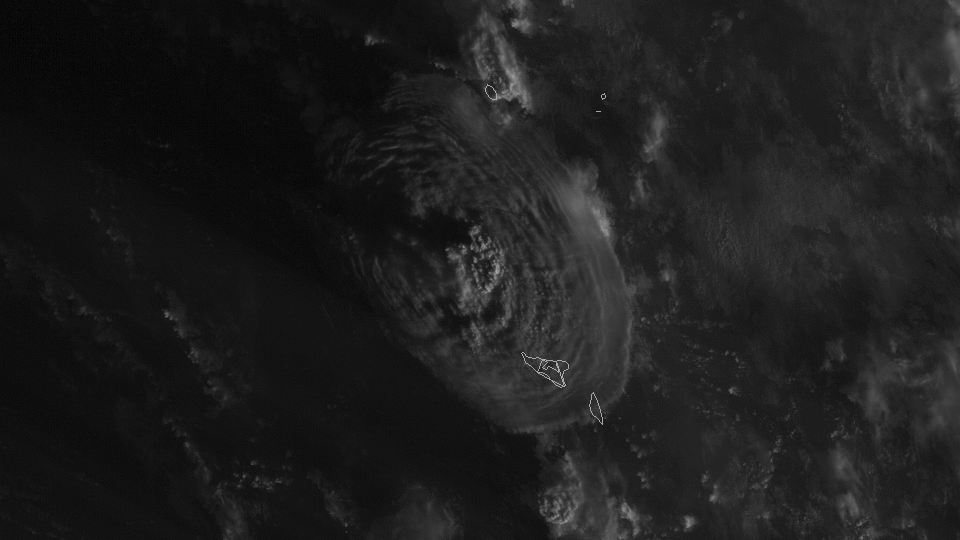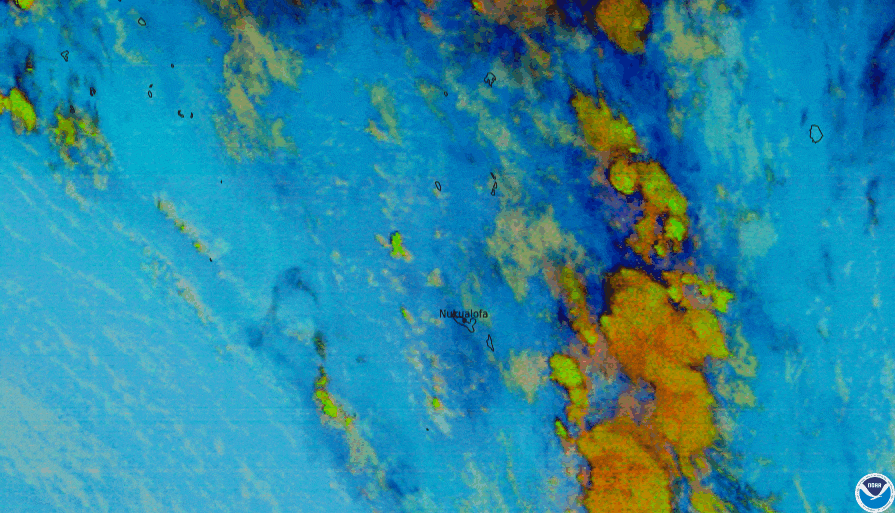4-foot tsunami hits Tonga after explosive eruption of underwater volcano
The blast sent ash and steam more than 12 miles into the air.

A tsunami triggered by the explosive eruption of the underwater Tonga volcano in the Pacific Ocean slammed the shoreline of the Pacific nation Saturday (Jan. 15), sending residents rushing for higher ground, according to news reports.
A 4-foot-tall (1.2 meters) tsunami reportedly hit Tonga’s capital of Nuku’alofa, which is about 40 miles (65 kilometers) south of the underwater volcano.
There have been no reports of injuries, because communication with the nation went down after the eruption, The Associated Press reported. But a local resident said she was inside making dinner when she heard the eruption at about 7 p.m. local time Saturday. "It was massive, the ground shook, our house was shaking. It came in waves, my younger brother thought bombs were exploding nearby," Taufa told Stuff.co.nz, a New Zealand news outlet.
Such intense blasts have the potential to produce tsunamis far from the source. In fact, a tsunami advisory was in effect for the U.S. Pacific Coast and Hawaii, with officials advising people to avoid the beaches and coastline. The Tonga Meteorological Service issued tsunami warnings (which is stronger than an "advisory") for Fiji and Samoa, The New York Times reported.

Local officials said the powerful underwater eruption had a radius of 161.5 miles (260 km), and sent ash, steam and gas more than 12 miles (20 km) into the air, according to the National Oceanic and Atmospheric Administration (NOAA). The eruption was seven times more powerful than the most recent one of the same volcano on Dec. 20, 2021, NOAA said.
"This is a pretty big event — it's one of the more significant eruptions of the last decade at least," Shane Cronin, a volcanologist at the University of Auckland, told the BBC.
This article will continue to be updated as more information comes out.
Sign up for the Live Science daily newsletter now
Get the world’s most fascinating discoveries delivered straight to your inbox.
Jeanna Bryner is managing editor of Scientific American. Previously she was editor in chief of Live Science and, prior to that, an editor at Scholastic's Science World magazine. Bryner has an English degree from Salisbury University, a master's degree in biogeochemistry and environmental sciences from the University of Maryland and a graduate science journalism degree from New York University. She has worked as a biologist in Florida, where she monitored wetlands and did field surveys for endangered species, including the gorgeous Florida Scrub Jay. She also received an ocean sciences journalism fellowship from the Woods Hole Oceanographic Institution. She is a firm believer that science is for everyone and that just about everything can be viewed through the lens of science.









